Tuesday, April 1, 2014
FEMINISM AND THE WRITTEN WORD: A BIRTHDAY SPEECH FOR A LONG SURVIVING BOOK STORE
A birthday speech, given
at the celebration of the 30th birthday of the Northern Woman’s
Book Store on March 30. The Northern Woman’s Book Store opened in 1984 and it is
now the last surviving women’s bookstore in Canada. Joan M. Baril
Tonight we are
celebrating the written word. Also a miracle of survival of this book store in
an economic melt down of the book business generally.
It seems to me,
thinking back, that the great second wave of the women’s movement that occurred
in 1968 up to the end of the 1980’s, was carried by the written word. The
written word was the conduit. It is not
that it “got the message out.” But it got new ideas out, new ways of thinking,
new information out, it opened doors in the mind and it opened a lot of
possibilities in women’s lives.
By the written
word, I mean pamphlets, position papers, reports from women’s bureaus and NGO’s,
many many magazines, newsletters, news sheets such as the Northern Woman’s
Journal as well as many books. A great wave of publication, a tsunami of
publication, arrived at the end of 1969. Much of this enormous volume of written
material (enormous to fill this book store and much bigger women’s bookstores
in larger cities) was written by feminists, produced by feminists, published by
feminists, distributed by feminists and sold by feminists.
A Little
History. In 1969, Lakehead University hosted a Canada wide conference of
university student organizations. I was handed a paper. This was the first
revolutionary feminist piece of writing I ever held in my hands. It was called, The
Politics of Housework. Housework as revolution? But we knew, even in those
early days that “the personal was political.” That slogan alone was powerful enough
to light many fires—and leave many sinks
of dishes unattended.
A second paper, Psychology Constructs the Female by Naomi Weisstein, was a scathing critique
of the huge confining structure the great gurus of psychology had devised for
women, a structure based on no scientific evidence whatever but created by
centuries of blabble about what women were like and what they should be like. Naomi
blew it all away. Puff it was gone. Naomi’s paper was as revolutionary as the housework
analysis.
Shortly after, a
group of us founded Thunder Bay Women’s Liberation. These two papers were all we had and we read
and discussed them both. In 1969, there were no women’s bookstores, no
feminist magazines, and very few books.
We had Betty Freidan’s Feminine Mystique and Simone de Beauvoir’s Second Sex, which
had just been translated and, in our small city, difficult to get.
When we, in
Woman’s Lib, heard that a women’s newspaper called The Pedestal had started in
Vancouver, we immediately wrote for copies.
And shortly after we began out own newsletter.
Then by the end of
1969, so much happened so fast. The Book Tsunami arrived. It was as if the goddess of literature,
Caliope, and the goddess of poetry, Sappho, and the goddesses of scholarship
tipped their cornucopia and books rained down. Books about women on every topic
were pouring into stores.
To my delight, the goddess of history, Clio,
also deluged us with many new books, memoirs, biographies, stuff that previously
would never have found a publisher: diaries and letters of women who crossed
the prairies or fought in the Second World War or set up Red Cross hospitals in
Northern Ontario. Old tomes that had languished in forgotten corners of
university libraries were being reprinted. I went broke buying books once hard
to get or out of print: the works of Nellie McClung, Christine de Pisan (the medieval
feminist), Mary Wollstonecroft, memoirs of the suffragettes and so many others.
The following
three books are often mentioned as sources of the feminist insurgence: Kate Millet’s Sexual Politics (1969); Doris
Lessing’s Four Gated City (1969) and Germaine Greer’s The Female Eunuch (1970).
But what is
often omitted is Canadian material. So I have brought along some Canadian best sellers that
were ground breaking at the time. I’ll start with The Report from the Canadian
Royal Commission on the Status of Women, 1970 which became a surprising best
seller. I bought my copy in Eaton’s! A government report becomes a best seller?
This is what I mean when I said that the written word carried the revolution.
So you can see why women’s bookstores were springing up all over the continent.
In 1984 this
bookstore opened. And stuck it out. Still carrying the written word. Thank you goddesses and, above all, thank you
founder, Margaret Phillips.
Subscribe to:
Post Comments (Atom)














































































































































































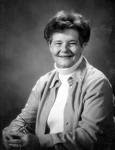


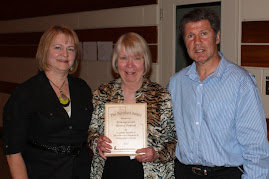









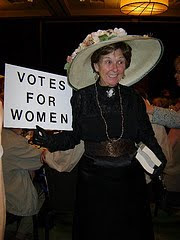
















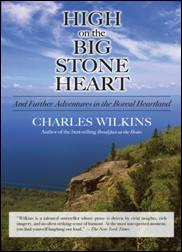





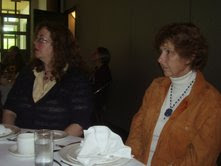



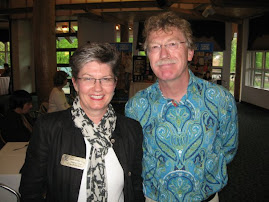


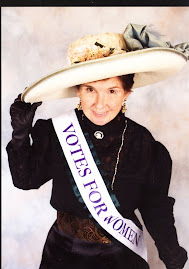













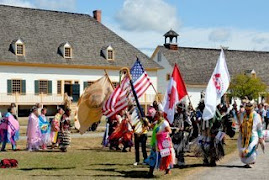











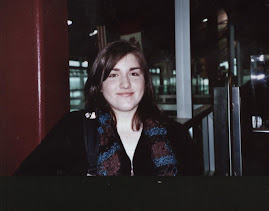










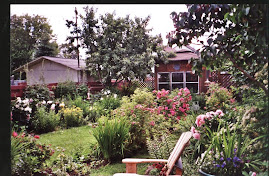










No comments:
Post a Comment